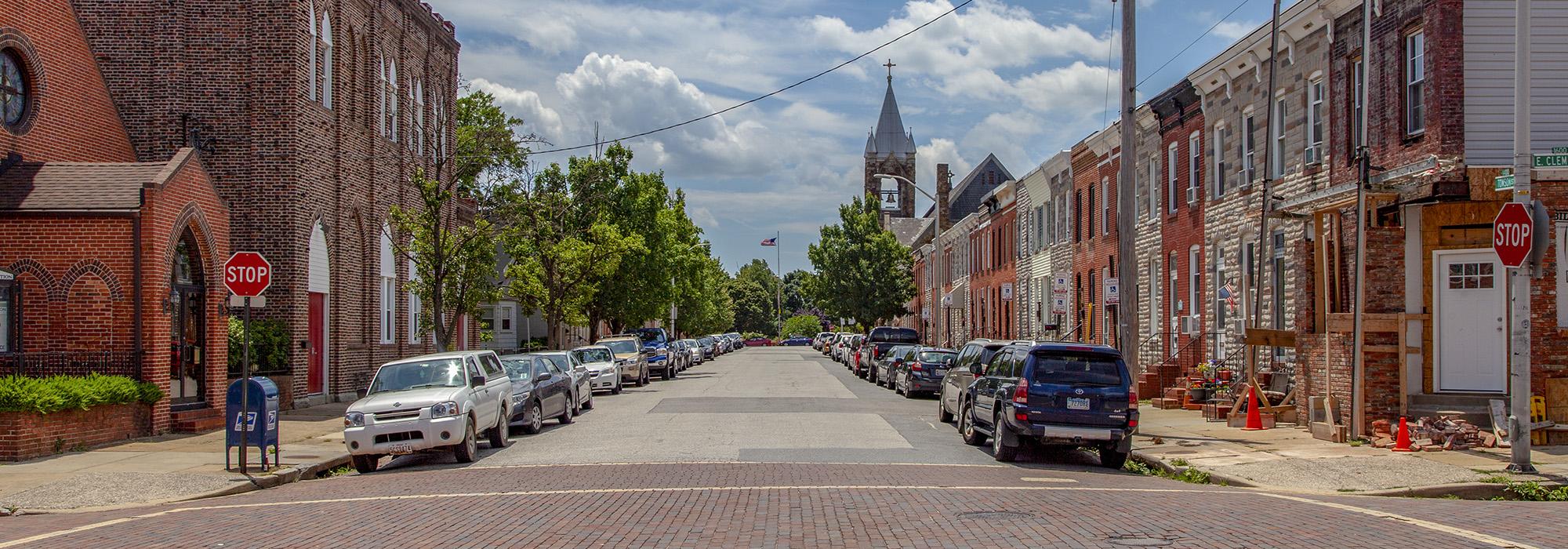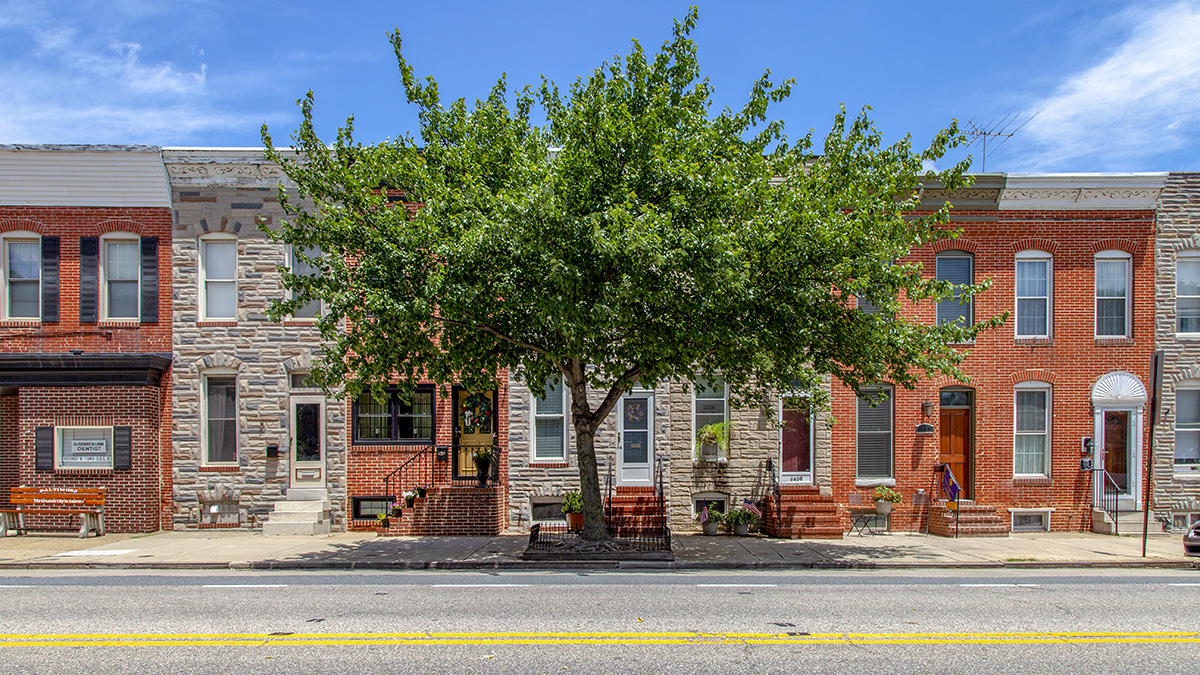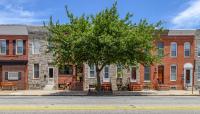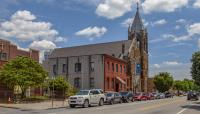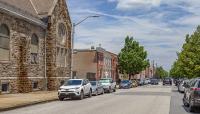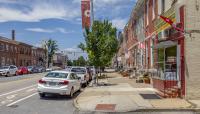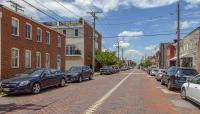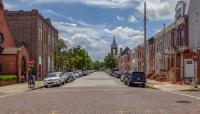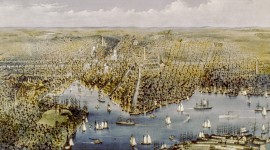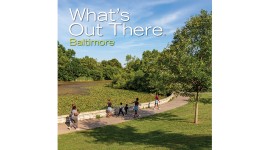Landscape Information
The Baltimore & Ohio Railroad began constructing its Locust Point branch line and north deep-water terminal in 1845. The railroad’s activities turned the previously undeveloped peninsula (save for Fort McHenry at its tip) in south Baltimore into a coal-shipping nexus and launched a long industrial period that continues to be evinced in the landscape. Industry quickly sprang up around the readily available fuel and transportation network, including commercial shipping, metal smelting, brickmaking, canning, shipyards, and fertilizer manufacturing. In 1868 the North German Lloyd line partnered with the B&O to open a passenger terminal in the area, and immigrants from around Europe (most from Germany) began arriving in Baltimore. Many of these people settled near their arrival point and worked in the dock facilities and factories dotting the shoreline.
Bounded on three sides by rail infrastructure, the gridded residential area comprises some two dozen blocks in the center of the peninsula. Homes consist of two-story brick row houses built between 1848 and 1928, often by industrial owners for their employees. The German Reformed Church, built in 1887, remains a prominent landmark in the area. While Locust Point was once the home of immigrant workers of modest means, the neighborhood’s industrial and historic character has ushered in significant reinvestment. Historic row houses and industry stand among redeveloped manufacturing sites now converted to residential properties and office spaces. The Locust Point Historic District was listed in the National Register of Historic Places in 2012.



